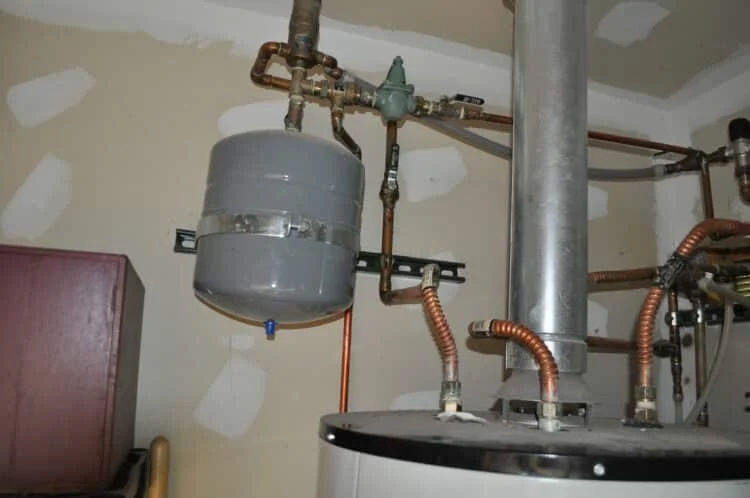
How to Test an Expansion Tank on Your Water Heater
- 1- Why an Expansion Tank is Important for Your Water Heater
- 2- How to Test an Expansion Tank on Your Water Heater
- 3- Symptoms of a Faulty Expansion Tank
- 4- Tips for Maintaining Your Expansion Tank
- 5- When to Call a Professional for Help
Why an Expansion Tank is Important for Your Water Heater
An expansion tank is an essential component of your water heater system. It is designed to protect your plumbing from the increased water pressure that can occur when water is heated. As water heats up, it expands, and without an expansion tank, this expansion can cause damage to your pipes, fittings, and even your water heater itself. By installing an expansion tank, you can prevent this pressure from building up to unsafe levels, ensuring a longer lifespan for your water heater and plumbing system.
How to Test an Expansion Tank on Your Water Heater
Testing your expansion tank periodically ensures that it is functioning properly. A malfunctioning expansion tank can lead to pressure problems and potential water heater damage. Here's how you can test it:
- Turn off the water heater: Before you start, turn off the power to the water heater and close the cold water supply valve.
- Check the air valve: Locate the air valve on your expansion tank (similar to the valve on a tire). Using a small tool or air pressure gauge, press the valve to see if any water comes out.
- Listen for water: If water comes out when you press the valve, it means the diaphragm inside the tank is damaged, and the tank is no longer functioning properly.
- Check the pressure: If the air valve is free of water, use a tire pressure gauge to check the air pressure in the expansion tank. It should be between 40-60 psi. If the pressure is too low, the expansion tank may need to be recharged or replaced.
Symptoms of a Faulty Expansion Tank
A faulty expansion tank can cause several issues in your plumbing system. Some common symptoms of a damaged or non-functional expansion tank include:
- Increased water pressure: You may notice that the water pressure in your home fluctuates or increases significantly.
- Water hammer: If your water heater is making knocking sounds, it could be a sign that the expansion tank is not absorbing pressure properly.
- Leaks: A broken expansion tank might cause leaks in your water heater or pipes due to excessive pressure.
- Damaged water heater: If the expansion tank is not doing its job, the pressure can damage your water heater over time, leading to costly repairs or replacements.
Tips for Maintaining Your Expansion Tank
Maintaining your expansion tank is simple but crucial for the longevity of your water heater. Here are some maintenance tips:
- Check the air pressure regularly: Ensure that the air pressure in the expansion tank is within the recommended range (40-60 psi).
- Inspect for leaks: Periodically check the expansion tank for any signs of leaks or corrosion.
- Replace the tank if needed: If your expansion tank is damaged or not functioning properly, replace it immediately to prevent pressure damage to your plumbing system.
When to Call a Professional for Help
If you're unsure about how to test your expansion tank or if you're experiencing symptoms of a faulty tank, it's best to call a professional plumber. While testing and maintenance can often be done as a DIY task, certain problems may require the expertise of a licensed plumber. At Plumbers Supply Hub, we can help you find the right professionals for the job, ensuring that your expansion tank and water heater are in top shape.

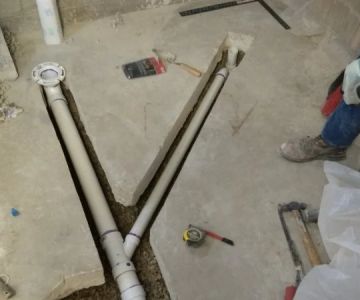





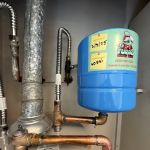 Turbo Plumbing and Rooter4.0 (413 reviews)
Turbo Plumbing and Rooter4.0 (413 reviews) Jacob Pierson Plumbing LLC5.0 (3 reviews)
Jacob Pierson Plumbing LLC5.0 (3 reviews) RC&P Rooter service0.0 (0 reviews)
RC&P Rooter service0.0 (0 reviews) Southwood Plumbing Inc5.0 (36 reviews)
Southwood Plumbing Inc5.0 (36 reviews)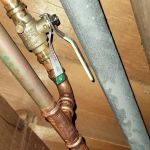 Gray Duck Plumbing4.0 (127 reviews)
Gray Duck Plumbing4.0 (127 reviews) Cut Rate Plumbing & Septic Tank Service4.0 (53 reviews)
Cut Rate Plumbing & Septic Tank Service4.0 (53 reviews)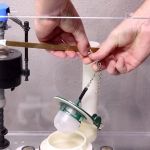 How to Replace a Toilet Flush Lever: Easy Step-by-Step Guide
How to Replace a Toilet Flush Lever: Easy Step-by-Step Guide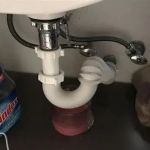 How to Fix a Sink That Drains Slowly Over Time: Expert Tips for a Faster Drain
How to Fix a Sink That Drains Slowly Over Time: Expert Tips for a Faster Drain The Differences Between PVC, CPVC, and PEX Pipes: A Complete Comparison
The Differences Between PVC, CPVC, and PEX Pipes: A Complete Comparison How to Replace a Tub Drain With Hair Trap Feature
How to Replace a Tub Drain With Hair Trap Feature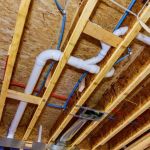 How to Route a New Plumbing Run in a Finished Basement – Step-by-Step Guide
How to Route a New Plumbing Run in a Finished Basement – Step-by-Step Guide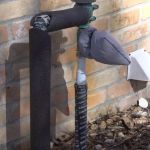 How to Protect Pipes from Freezing in Cold Climates
How to Protect Pipes from Freezing in Cold Climates